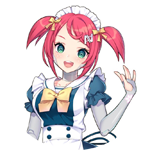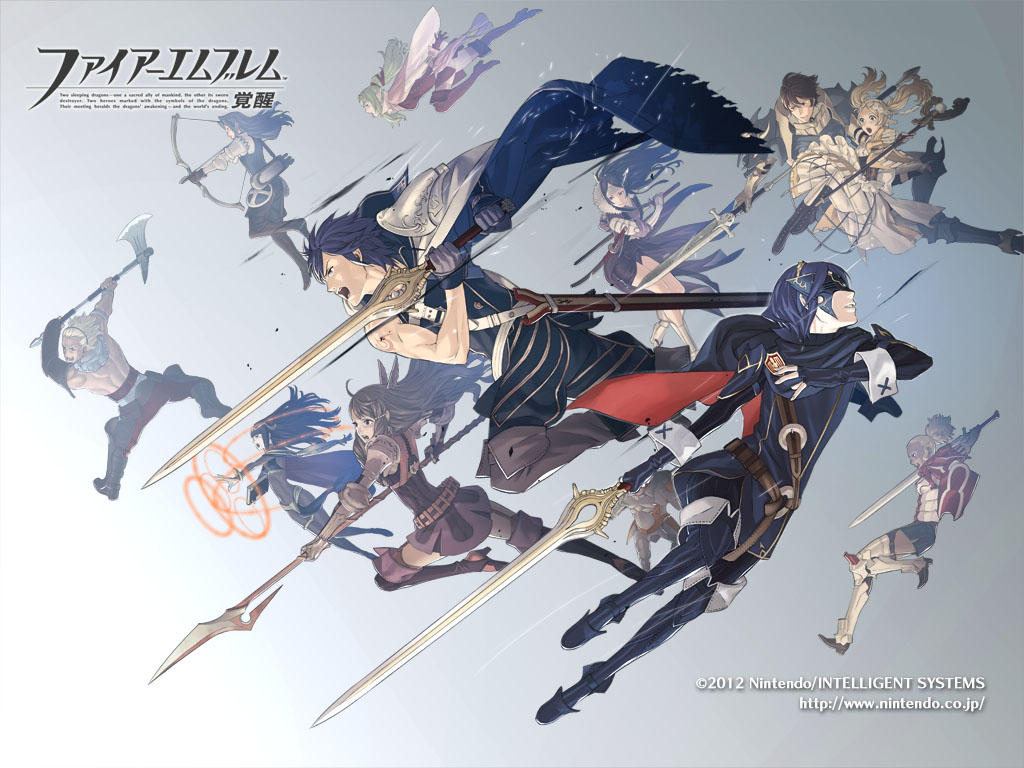RPG battles and matchmaking sim?
The recent Fire Emblem games for the Nintendo 3DS are some of the system’s greatest achievements. From their colorful animations to their rich gameplay, they push the system to its limits. Though there are several iterations exclusive to 3DS, they all have the same structure: you guide your protagonist between a linear set of strategy RPG battles that advance the storyline. At its core, Fire Emblem is half grueling strategy game, half matchmaker simulation. Along the way, you accumulate characters, and as they fight side-by-side, you unlock dialog sequences that deepen their relationships. Each of these characters can fall victim to one of the series’ hallmarks: permadeath. In short, this means that if a character dies in combat, they stay dead for the rest of the game; you must restart the battle to undo their demise and save them. Ultimately, each character can marry off to another, eventually having a child who will also join your team.

The genius of this structure is that both modes of play have such disparate goals, yet they feed into each other elegantly to create a complete product centered around characterization. Combat is intense, requiring precise strategy, but it is also how we unlock dialog sequences to deepen character relationships. Likewise, the dialog provides light-hearted relief, but advancement in character relationships is also essential to success on the battlefield, as it provides vital stat boosts. Despite their symbiosis, the two modes are polar opposites in structure and tone. A common criticism of video games is that the usual goal-oriented structure creates a singular focus that disrupts our emotional involvement. The “win or lose” model found in many games (including the strategy sequences of Fire Emblem) often dominate the rest of the content, homogenizing the medium (or so the argument goes).
What is remarkable about the 3DS Fire Emblem games is how they flip this dynamic on its head.
Yes, the goal-oriented structure still exists, but the story sequences often dominate the combat—the opposite of how we usually conceive of games. This is because the character sequences work so well to involve us emotionally and because they play out so meaningfully on the battlefield. Our strategy on the map changes the interactions that we want to see between the characters. When we select disadvantageous combinations of characters because we like them “as a couple” or restart a battle moments from victory because we lose a character, we reveal the power the characters’ writing and design have over our decision-making. When we restart a battle moments from victory because we lose a character, we demonstrate how a video game player is affected by goals and desires extraneous to the immediate win condition.
Next time you pick up a Fire Emblem game, think about the interplay between these two modes. When are their goals aligned, and when are they opposed? How do you react when you find them in opposition? The answer may tell you something about yourself as a player, as well as the breadth of ways that video games can explore our choices and desires.






